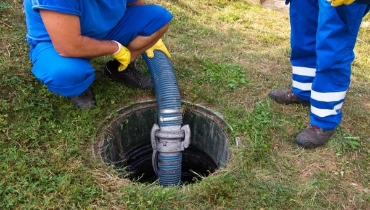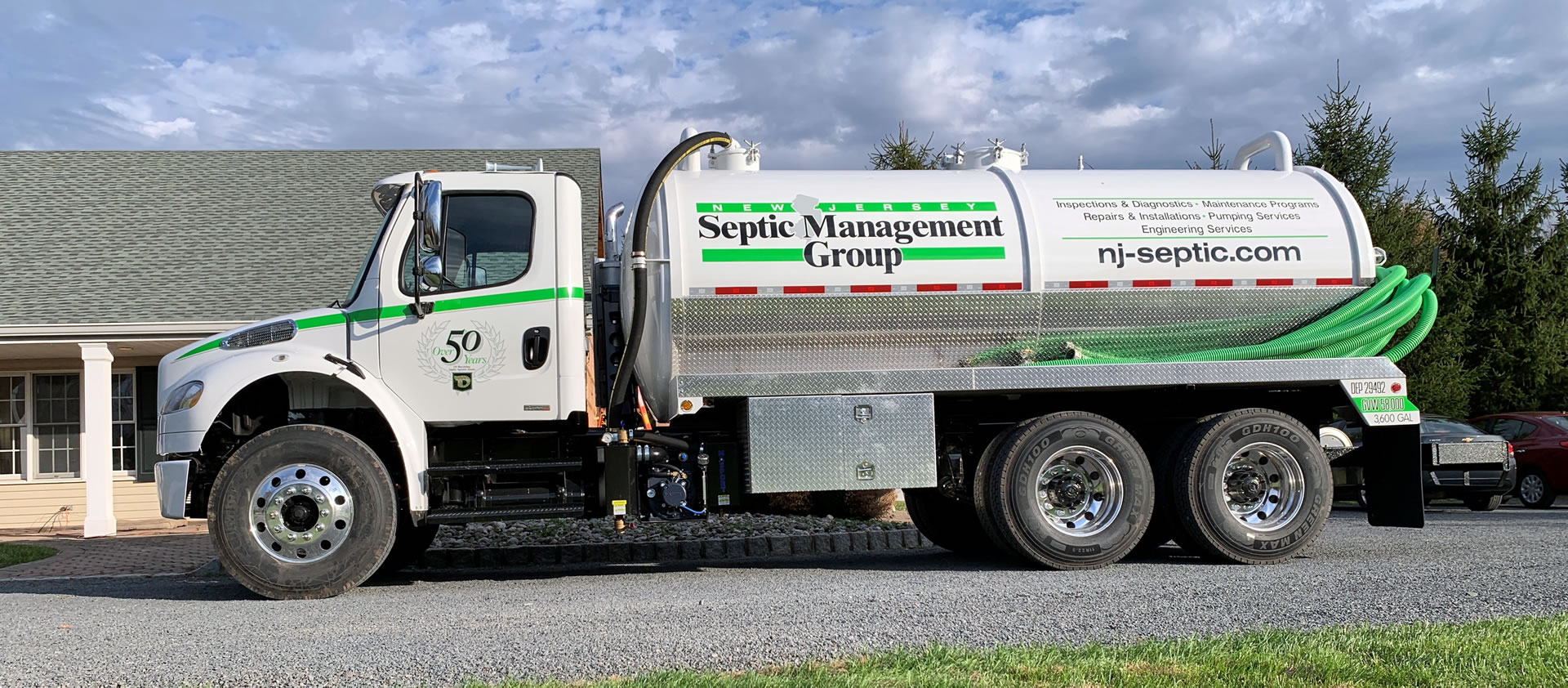6 Simple Techniques For Stillwell Septic And Grading
6 Simple Techniques For Stillwell Septic And Grading
Blog Article
Stillwell Septic And Grading Things To Know Before You Buy
Table of ContentsStillwell Septic And Grading Fundamentals ExplainedStillwell Septic And Grading for BeginnersAn Unbiased View of Stillwell Septic And GradingUnknown Facts About Stillwell Septic And GradingEverything about Stillwell Septic And GradingStillwell Septic And Grading Things To Know Before You BuyGetting The Stillwell Septic And Grading To Work
On the whole, septic system installment is a complicated process that calls for careful preparation and implementation. Property owners ought to collaborate with a respectable installation team and know local guidelines and demands to make sure that their septic system functions effectively for several years to find. After the septic container has actually been set up and linked to the drainpipe field, it is time to backfill the location.The backfill product must be complimentary of clods, big rocks, frozen issue, and particles that can result in voids in the backfill that might permit clearing up over time. Crushed rock or pea crushed rock 1/2-inch in diameter is chosen if native materials are not appropriate. When the backfilling is total, it is time to landscape the area.
When the septic system has been installed, it is vital to examine it to make certain that it is working appropriately (Septic Tank Repairs). https://stillwellsag.start.page. Checking the system entails checking for leaks, ensuring that the storage tank is at the ideal degree, and examining the drainpipe area. Among the most usual examinations executed is the hydraulic lots test
Indicators on Stillwell Septic And Grading You Should Know
The water is then kept track of to make certain that it flows appropriately through the pipes and right into the drainpipe area. If the water does not move correctly or supports right into the tank, it might show a problem with the system. Another examination that is typically done is the dye test.
The color is then kept an eye on to make certain that it moves properly through the pipelines and into the drainpipe area. If the color does not stream properly or appears in the incorrect place, it may suggest a problem with the system. It is important to have an expert execute these examinations to guarantee that they are done correctly.

Stillwell Septic And Grading - Questions
Here are some vital suggestions for home owners to maintain their septic tank: The ordinary house septic tank should be examined at the very least every 3 years by a septic solution specialist. The frequency of pumping depends upon the size of the storage tank and the variety of people using it. https://fliphtml5.com/homepage/kepos. A basic rule of thumb is to pump the storage tank every 3 to five years
Using water-efficient components and appliances, such as low-flow showerheads and toilets, can decrease water use and aid the septic system job extra effectively. Only flush bathroom tissue and human waste down the toilet. Stay clear of purging anything else, consisting of womanly hygiene items, child wipes, and cooking oil, as they can block the system.
Getting The Stillwell Septic And Grading To Work
Septic storage tank installation is a complicated procedure that requires cautious preparation and execution. Homeowners must be mindful of the required actions included in the installment process to make sure that their septic system functions appropriately and successfully. The initial action is to assess the website where the septic system will be mounted.
When the site has actually been assessed, the next step is to prepare for the setup. House owners should make sure that their professional is experienced in septic storage tank installment and will certainly work together with them throughout the procedure.
The Single Strategy To Use For Stillwell Septic And Grading

Property owners must understand the needed steps included in the setup process to make certain that their septic system operates correctly and efficiently. By complying with these steps and maintaining their system, house owners can feel confident that their septic tank will offer reliable wastewater treatment for several years ahead.
Virtually one in five U.S. homes have septic systems. If you're not correctly keeping your septic system, you're not just hurting the atmosphere, you're placing your household's health at riskand might be purging thousands of dollars down the drain!
The Stillwell Septic And Grading Ideas

All that extra water can truly strain your septic system. Startle the usage of water-generating appliances. This can be handy especially if your system has actually not been pumped in a very long time. Come to informative post be more water efficient by dealing with plumbing leaks and consider setting up restroom and cooking area faucet aerators and water-efficient products.
The 2-Minute Rule for Stillwell Septic And Grading
Know your system's area. When you have the tank pumped, draw a diagram or map showing its area in relation to dealt with points - edges of the residence, actions, or fencing blog posts.
Decrease the amount of wastewater that should be treated and disposed of by your system: Wash no even more than one or 2 tons of clothes daily. Up to 53 gallons of water flooding your septic system with each load, so it's ideal to spread out laundry out over the week.
Report this page